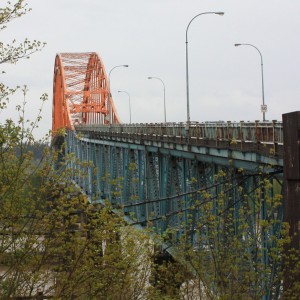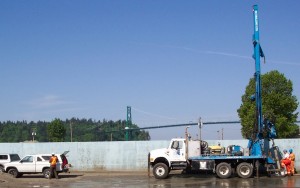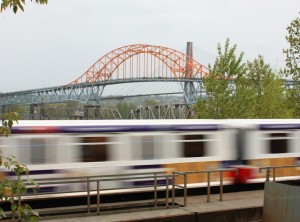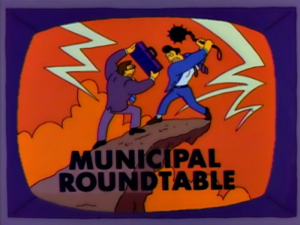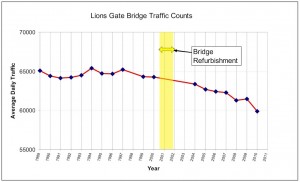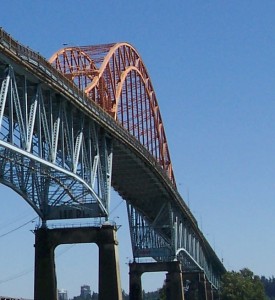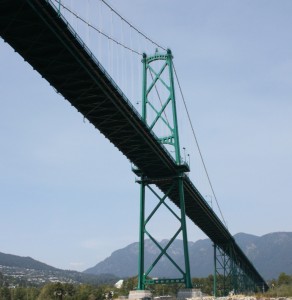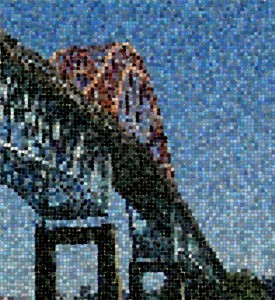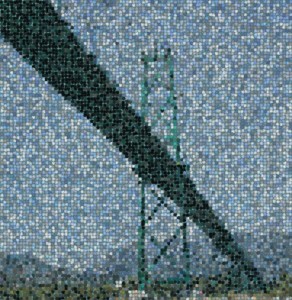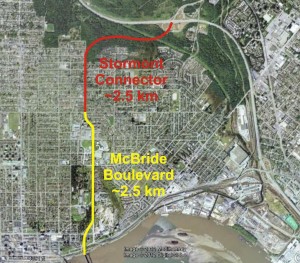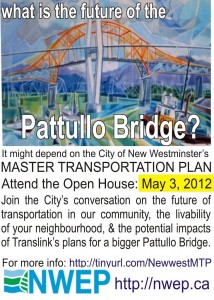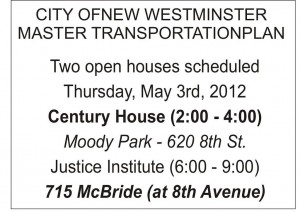The Provincial NDP have come out strongly against the Northern Gateway Pipeline.
Before anyone accuse them of just following the crowd to see where it is going, then rushing out front to make it look like they were leading all the time, they have also provided a 6-point argument for why they do not support Enbridge.
Most of the points are ones you have heard before from other radical foreign-funded environmentalists like me (full disclosure: I spent two years receiving paycheques from the Illinois State Department of Natural Resources): risk of tanker spills, risk to inland waterways, GHG impacts, etc. One argument, however has always led to interesting discussions with people I talk to whom I consider “environmentalists”.
“The NGP provides few long-term, sustainable economic benefits for B.C., and forgoes value-added economic activity involving upgrading and refining in Canada”
As a reflex, I support this argument. Selling off as much of a finite resource as quickly as possible without first squeezing out as much value from that resource as possible seems like a really bad idea. Perhaps the only worse idea is to sell off a sustainable resource at a rate that makes it unsustainable and at the same time not first squeezing out as much value from that resource. But this argument hides another deeper argument that is harder for many on both sides of the political spectrum to get around.
First, it is interesting to look at the oil numbers. Canada (according to the CIA factbook) produces about 3.3 Million barrels of oil per day (Mbbl/d), but consumes the equivalent of 2.2 Mbbl/d in oil products. Although we export about 2.0 Mbbl/d, we import about 1.2 Mbbl/d.
The numbers look like this (Mbbl/d, all 2011 numbers):
Production: 3.289
Import: 1.192
Export: 2.001
Consumption: 2.151
Canada currently has 15 operating oil refineries, which combined total 1.879 Mbbl/d in daily refining capacity. This does not include “upgrade” refineries in Alberta and Saskatchewan; those turn bitumen into synthetic crude oil (syncrude), which must then go to another refinery to be made into useable product. Exporting syncrude is indistinguishable from exporting crude oil, carbon- and ecological-footprint aside. Three of those refineries are in the Maritimes, 2 in Quebec, 4 in Ontario, 1 in Saskatchewan, 3 in Alberta, and 2 in BC (including the Chevron refinery in Vancouver).
The point is that, even if all the refineries were to run at maximum capacity, we could not begin to refine all of the oil we produce here in Canada, we could not even refine enough to satiate our consumption needs. Hence, we need to import refined product, some of that potentially refined from the 60% of the oil we produce that goes offshore. With all the recent talk of China, most of the oil currently going out of Burrard Inlet is bound for California refineries, and most of those tank farms you see around Burrard Inlet (Shellburn in Burnaby, Ioco in Port Moody, Suncor on the northeast slope of Burnaby Mountain) are just storing oil products imported for the States to supply local demand.
Ideally, based on the NDP argument above, Canada would refine our own oil. We would at the very least build refineries to meet our domestic refined product demand, and potentially build enough that we could export the refined product to gain all the added value instead of the raw syncrude. We don’t do this, because the refineries belong, for the most part, to publicly traded multinational corporations. They will build and operate refineries where it is easiest and cheapest to do so, with lower labour costs, lower tax regimes, and softer environmental laws. What may be (agruably) in our national interest is most defintiely not in their best financial interest.
Canadian Refineries and capacity by ownership:
Imperial Oil (Exxon): 4 refineries totalling 503,000 bbl/d;
Suncor (formerly PetroCanada): 3 refineries totalling 360,000 bbl/d
Irving (a Canadian business): 1 refinery at 300,000 bbl/d;
Valero (Texaco): 1 refinery at 265,000 bbl/d;
Shell (Royal Dutch Shell): 2 refineries totalling 172,000 bbl/d;
Korea National Oil Company: 1 refinery at 115,000 bbl/d;
CCRL (a Sask. co-operative!): 1 refinery at 100,000 bbl/d;
Chevron Corporation: 1 refinery at 52,000 bbl/d;
Husky Energy: 1 refinery at 12,000 bbl/d.
So here is when my environmentalist friends start to get itchy collars: I suggest this scenario (recognizing it is highly unlikely). Let’s assume that the NDP win the next federal election, and just to piss off Alberta after all the efforts their guys have done to piss off the NDP over the previous 5+ years, they bring about Canada National Energy Program 2.0. Part of that program includes an end to raw crude exports, and an end to refined product imports.
The question for envrionmentalists concerned about all this export of raw crude: Would you support increasing refining capacity in Canada? Even if that meant doubling capacity in order to meet the demand from back in 2011? So, my sensible environmentalist friends, I ask you: would you support the building of oil refineries if it meant the end of oil imports for Canada, and the end of raw crude exports?
This might be a good question to ask the NDP.
